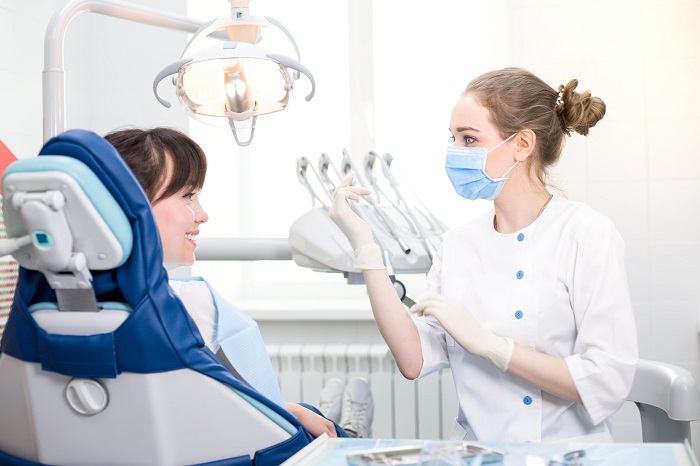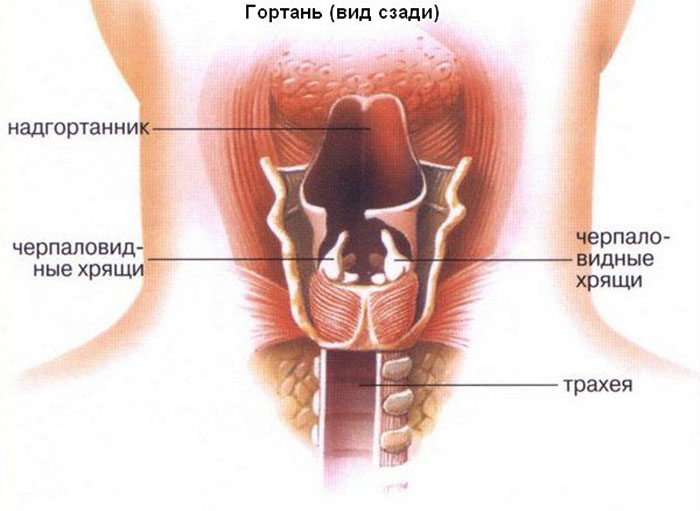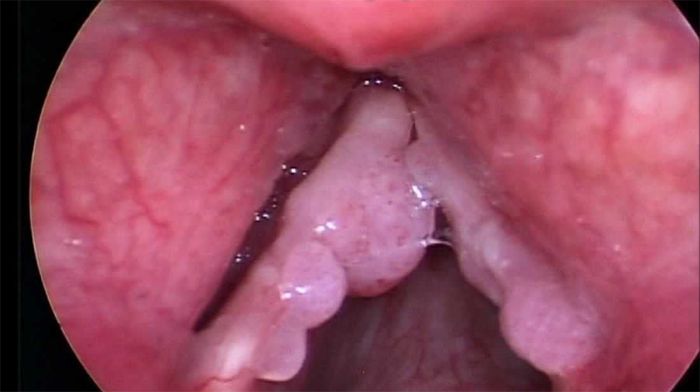Papilloma of the larynx is a papillary neoplasm that can be localized both on the mucous membrane of the larynx and in the pharynx.
The formations are of a viral nature and appear due to the proliferation of the epithelium and connective tissue.

Содержание:
Features of therapy for papilloma in the throat
If the neoplasm is benign, treatment can be carried out with the help of antiviral drugs. At the same time, the growth and spread of papillomas stops.
It must be understood that such neoplasms are quite dangerous, since they serve as a constant source of infection, and in order to minimize it, growths should be removed. As for folk remedies, they can be used only after consulting a doctor.
Which doctor should be consulted?
Papillomas in the larynx can be examined and treated by different doctors. But still, it is best to consult a doctor who specializes in diseases of the throat.
An otolaryngologist (ENT) will diagnose, determine the cause of the pathology and the strain of the virus. In accordance with the results of the tests, they will be prescribed an adequate treatment for the situation.

What to consider when choosing a therapy
Conservative treatment is prescribed only in the initial stages of pathology. If it turns out to be ineffective, it is recommended to remove the growth surgically.
When choosing a treatment regimen, the doctor must take into account the degree of damage and the level of oncogenicity of the virus that provoked the appearance of papillomas.
Degree of damage
According to the degree of damage and prevalence of papilloma of the larynx is classified as follows:
- Local – a neoplasm occurs only on one side, and occupies a small area. At the same time, the glottis is reduced by 30%, no more.
- Diffuse – narrowing of the glottis occurs up to 60%, while neoplasms are observed on both sides.
- Obliterating – the glottis overgrows completely or very significantly, the neoplasms are multiple and cover the entire affected area.

Depending on the timing of the development of pathology, doctors distinguish two forms:
- juvenile – in childhood;
- respiratory – in adults.
Oncogenicity level
It is known that the papillomavirus can be of different strains. These strains, in turn, are subdivided according to the degree of oncogenicity – non-oncogenic, medium oncogenic and highly oncogenic.
- Non-oncogenic strains of the virus provoke the appearance of benign growths – squamous papilloma.
- Highly oncogenic strains give impetus to the development of malignant tumors. These are inverted neoplasms that grow into the deep layers of tissues. Such growths require the immediate intervention of surgeons.
Methodology for the treatment of papillomatosis
Papillomavirus infection of the larynx is treated comprehensively. It must be understood that various methods of removing papillomas can lead to relapses of the pathology, and in addition, healthy tissues are injured and various complications can occur. Therefore, any method of papilloma removal should be combined with etiotropic and immunostimulating therapy.
In the early stages of the development of the disease, subject to the presence of a non-oncogenic strain of the virus, conservative treatment with antiviral agents and immunostimulating drugs is allowed.

Juvenile papillomatosis of the larynx
The most commonly prescribed antiviral therapy is:
- Kagocel.
- Amiksin.
- Zovirax.
- Allokin Alpha .
- Cidofovir.
Immunostimulating drugs
Immunotherapy is provided by the following drugs:
- Lykopid .
- Viferon.
- Isoprinosine.
- Cycloferon .
- Interal.
- Reaferon.
Inhalations and other folk remedies
In some cases, doctors are allowed to supplement the methods of traditional medicine with folk remedies . Most often, inhalations with celandine are recommended . 15 ml of plant juice is mixed with a glass of boiling water, after which steam should be inhaled through the nose for 10 minutes.
Gargling with Kalanchoe juice with vegetable oil also gives a good effect. The proportion is 1:1. The course of treatment is a month.
If there is no allergy to bee products, you can try to drink honey diluted in water on an empty stomach – a tablespoon in a glass of water.

Honey can be mixed with horseradish root in a ratio of 1:1. The root, crushed to a mushy state, is thoroughly mixed with honey. The drug should be taken 1 time per day with warm water.
You can sentence a very tasty and healthy drink from bird cherry berries, plantain, currant and raspberry leaves, licorice root, oregano, thyme and coltsfoot.
All ingredients are taken in equal proportions, poured with boiling water, infused. You can add honey for taste. This tea should be drunk for three months, and then you need to take a break for a month.
Cryosurgery and other hardware methods
Surgical removal of papillomas can be done in the following ways:
- Cryodestruction – the lesion is exposed to low temperatures using liquid nitrogen. The procedure is carried out under local anesthesia.
- Argon plasma coagulation . This is a new technique for removing benign neoplasms. A high-frequency wave is applied to the affected tissue, which is amplified by argon. The advantage of this method is that there is no swelling of the tissues, no scar is formed.
- Electrocoagulation – removal of neoplasms using electric current.
- Removal by ultrasound is rarely performed, since after the procedure a scar remains, which is highly undesirable on the mucosa.
- Removal with a radioknife – the neoplasm is destroyed using high-frequency radio waves.
Features of anti-relapse therapy
All methods of treatment of laryngeal papillomatosis are palliative, that is, symptomatic, which does not exclude the re-formation of growth. To prevent relapse or increase inter-relapse periods, it is recommended to take the following remedies:
- Interferon preparations to increase local and general immunity – Genfaxon, Viferon.
- Immunomodulators to stimulate the activity of immunocompetent cells, which will prevent the reproduction of pathological flora.
- Antiviral – Acyclovir , Allokin-Alpha.
- Cytostatics to prevent pathological division of epithelial cells – Vartek, Roncoleukin.
- Hormonal drugs to slow down the process of cell division of the transitional epithelium – Duphaston, Proginova.
Interferon therapy is the most effective way to treat and prevent recurrence of papillomatosis. Interferon preparations stimulate immunocompetent cells, as a result of which epithelial tissues become more resistant to the effects of viral agents.
Unfortunately, at the moment there is no cure for the papillomavirus, and once it enters the human body, it remains in it forever.
But it is still possible to cope with it – by maintaining the infection in a latent state, it is possible to prevent the clinical manifestations of the virus.







